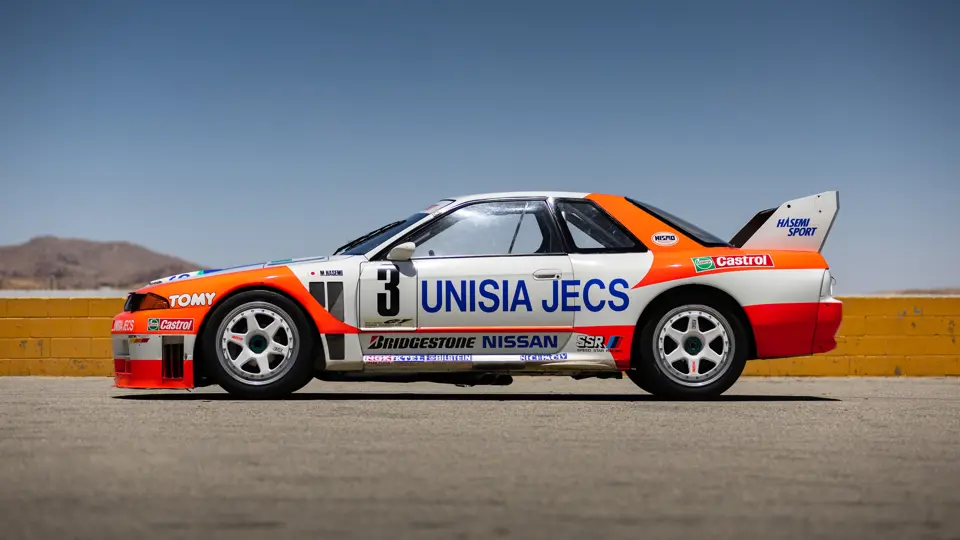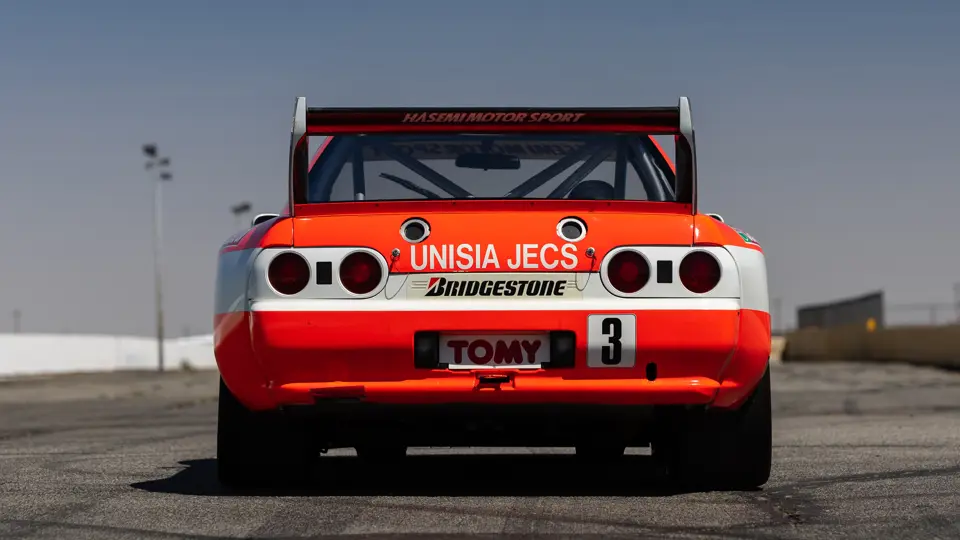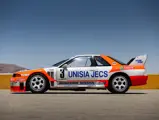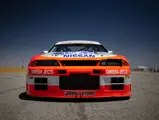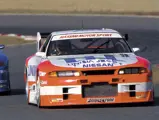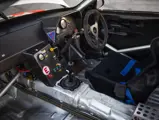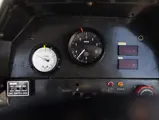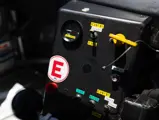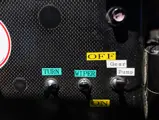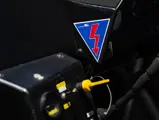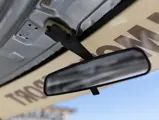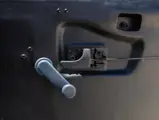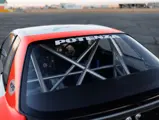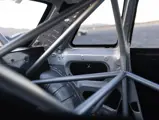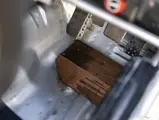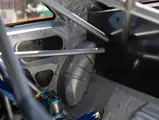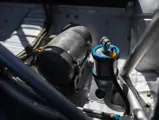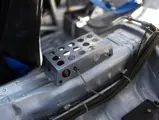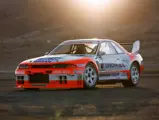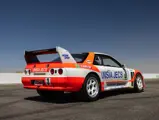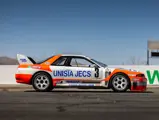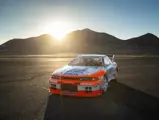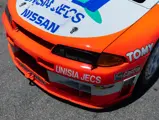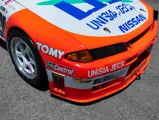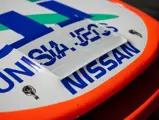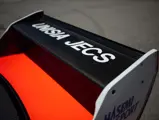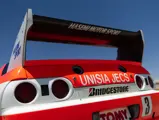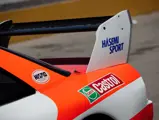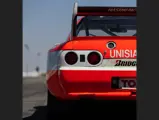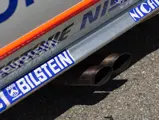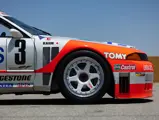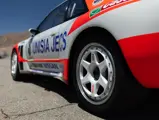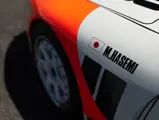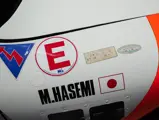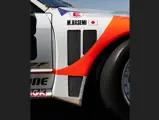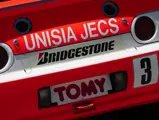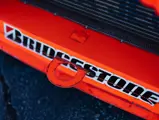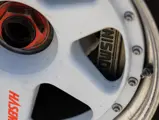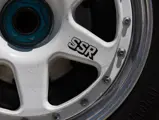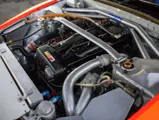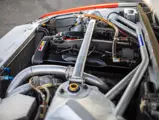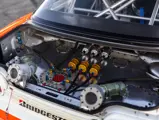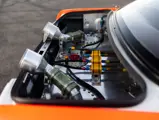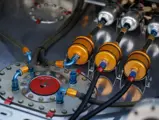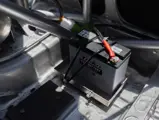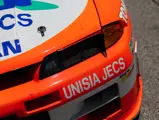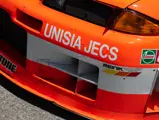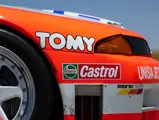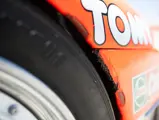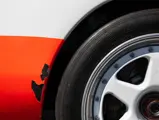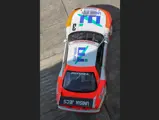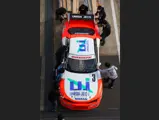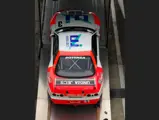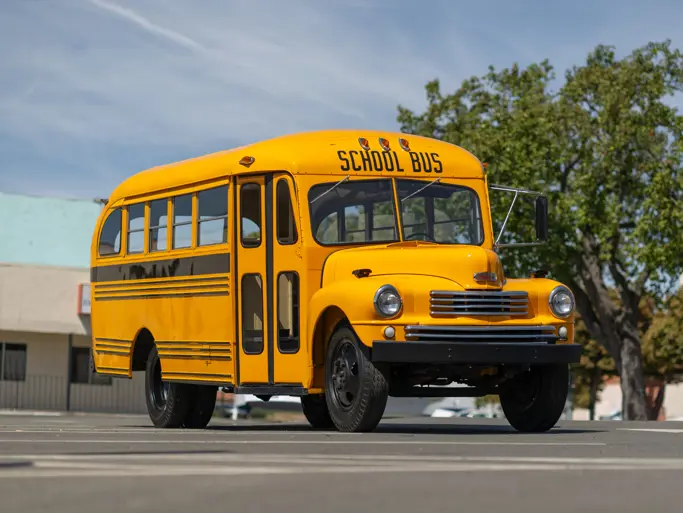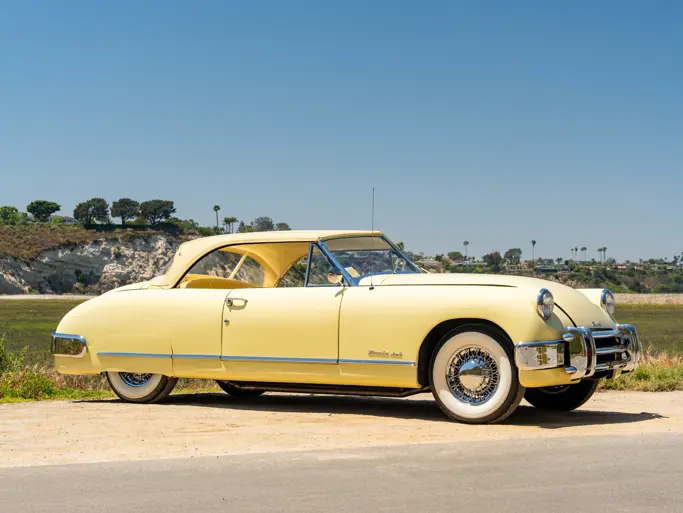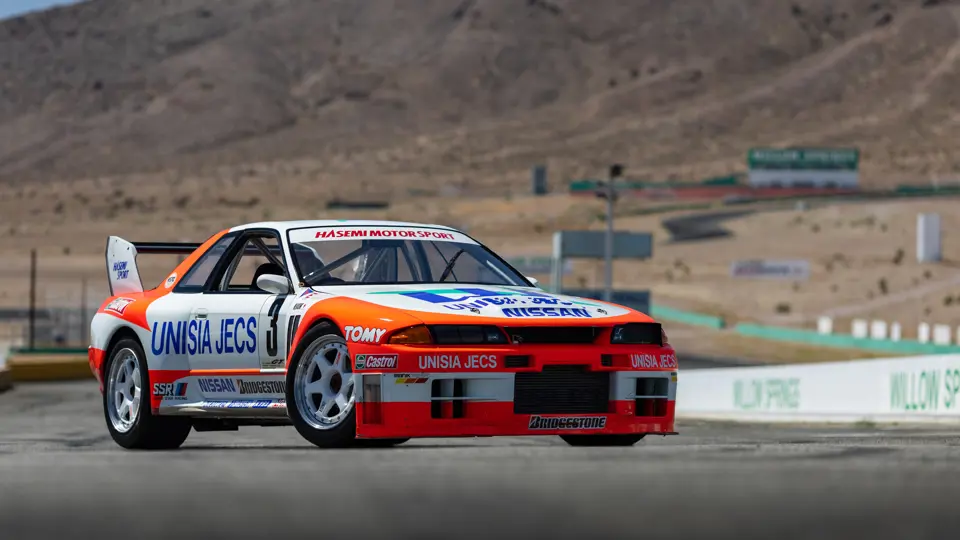
1994 Nissan Skyline GT-R 'JGTCC-GT1' by Hasemi Motorsport
{{lr.item.text}}
$280,000 USD | Sold
{{bidding.lot.reserveStatusFormatted}}
- Built by Hasemi Motorsport in partnership with NISMO for the 1994 Japan Grand Touring Car Championship (JGTCC-GT1)
- A race-winning entry driven by Japanese motorsports legend Masahiro Hasemi to 2nd overall in that season’s drivers’ championship
- Also claimed victory at the inaugural 1994 24 Hours of Tokachi; the only R32 Skyline to win a domestic 24-Hour endurance race
- Acquired by the consignor directly from Hasemi Motorsport in 1996
- Retains its works-built RB26DETT engine and Xtrac six-speed sequential transmission
- Wonderfully preserved and presented in its 1994 racing specification
THE UNBEATABLE SKYLINE
In a feat of dominance so rarely seen in top-level motorsports competition, Nissan’s third-generation Skyline GT-R (R32) was entirely undefeated within Japan’s highest level of touring car competition for four whole seasons (1990, 1991, 1992, 1993). This bears repeating: The R32 Skyline GT-R was undefeated—for four entire racing seasons.
Concurrently, the model earned back-to-back titles in the Australian Touring Car Championship (1991, 1992), successive Japanese Endurance titles in the N1 Super Taikyu series (1990, 1991, 1992), and an important European victory at the 1991 24 Hours of Spa. In fact, by 1993 the R32 had caused the FIA, the Japanese Automobile Federation, and the Confederation of Australian Motor Sport to carve out multiple new touring car categories in a bid to suppress the model’s absolute superiority.
MASAHIRO HASEMI AND THE FINAL HASEMI R32
During the peak of the R32’s infamous undefeated streak there was no single driver who exercised the model’s ruthless capability better than Masahiro “Mr. Skyline” Hasemi. Though not widely known outside Japan, Hasemi is a larger-than-life figure in domestic motorsport. He has earned championship titles in everything from single-seaters to Super Silhouettes, Group A super tourers, Group N endurance tourers, and Group C prototypes. Hasemi first earned prominence and success as a works driver for Nissan (NISMO) and was one of the first Japanese drivers in Formula One (1976). As his own eponymous racing team flourished, he continued as a “ringer” for NISMO at premier endurance events. He contested Le Mans five times between 1986 and 1996, with a best finish of 5th overall in 1990. His brilliant driving also secured an overall victory for NISMO the 1992 24 Hours of Daytona.
From 1989 to 2000, and again from 2004 to 2009, his team Hasemi Motorsport competed in the successive iterations of the Japanese Touring Car Championship with their #3 Nissans, sponsored by Unisia JECS and Tomica. It was these famous orange-and-white-liveried R32 Skylines with which the team secured back-to-back titles in 1991 and 1992.
In early 1994, Hasemi Motorsport and NISMO began building this Skyline into a competitive grand touring racecar utilizing carbon fiber bodywork, extensive structural reinforcements, and new underpinnings which humorously defeated the new 1994 rulebook.
To further penalize teams still using the Skyline GT-R, the JAF implemented rules which greatly restricted suspension modifications to four-wheel drive systems; as a result, Hasemi converted this chassis to rear-wheel drive. Interestingly, most constructor rules were unchanged from the previous year, and these GT1-class cars carried over much of their Group A race equipment. Using his connections with NISMO, Hasemi secured a Group A-specification RB26DETT engine from Nissan subsidiary REINIK. REINIK also provided a revised engine tune that factored in the series’ new mandatory intake restrictor plates. All 450 horsepower was routed to the rear wheels via a six-speed sequential Xtrac transmission—a rarity in Japanese motorsport at that time. Importantly, this R32 Skyline GT-R (chassis 221613R) is the last example ever constructed and used by Hasemi Motorsport.
THE 1994 SEASON
Masahiro Hasemi debuted this newly built #3 car on 30 April 1994, during qualifying for that weekend’s opening round at Fuji Speedway. Despite a solid effort that earned him 4th on the starting grid, gearbox troubles during the race caused him to wrestle the car across the line in a disappointing 10th-place finish. It would only take until the following round at Sendai Highland Raceway on 11 June for Hasemi’s mastery of this new chassis to become startlingly apparent. Starting from pole position after a blistering qualifying time, victory proved a certainty after the first few laps. Hasemi took the checkered flag with a full 15-second lead over the R32 Skyline of his evergreen rival Hoshino Racing, then driven by Masahiro Kageyama.
On 23 July, Hasemi partnered with his former touring car teammates Yukihiro Hane and Hideo Fukuyama to contest the inaugural 24 Hours of Tokachi, a special ultra-endurance event in that year’s N1 Super Taikyu series. For this race, the car was assigned the lucky #7 by race organizers. Superstition aside, success was still expected of this entry and its trio of veteran drivers. After securing pole position, they powered onto a fantastic overall victory, with a convincing ten-lap margin over the 2nd-place follower.
After the incredible diversion at Tokachi, round three of that season’s championship saw Hasemi return to Fuji Speedway on 13 August; it proved an exciting affair, particularly for the leading four cars. Our #3 car qualified 3rd behind the Porsche 962C and Ferrari F40 of Team Taisan, yet just ahead of Kageyama. Kageyama and Hasemi battled briefly during the race, but the Hoshino car proved a clip too quick for Hasemi on Fuji’s famous straight. The Hoshino R32 split the difference between the two Taisan entries, and Hasemi finished 4th, still deep “into the points.”
Kageyama and Hasemi entered the season’s penultimate round at Sportsland Sugo on 10 September locked in a close duel for the drivers’ championship. A lackluster qualifying session from both resulted in their mid-pack start with fierce fighting throughout the race. When the checkered flag fell, Hasemi and our #3 had finished seven seconds quicker—edging out Kageyama for the last podium spot.
The final race of the season at Mine Circuit on 23 October proved a true battle-to-the end for the drivers’ championship; Hasemi qualified just two-tenths of a second behind Kageyama. A close result followed for 92 laps, yet again our #3 Hasemi Skyline was barely bested by its rival. Though Kageyama and Hoshino Racing were minted 1994 champions, Hasemi Motorsport took pride in their consistency and pace which allowed them to secure runner-up status in the drivers’ championship and 3rd in the team championship.
Five months later, lingering fabrication delays with the team’s fourth-generation Skyline (R33) entry for the following season resulted in this chassis making an unexpected final appearance on 1 April 1995 for the first round at Suzuka Circuit. An astounding qualifying effort gave Hasemi pole position to start the race, and after 56 laps, the seasoned veteran still managed to deftly finesse this aging R32 to an incredible 4th place finish against a fresher field which included newer models from Porsche, Toyota, BMW, and Nissan.
ON FROM HASEMI
Immediately after its final outing, the car was thoroughly refurbished by Hasemi Motorsport prior to display at their team offices. The present Tokyo-based consignor then acquired this race-winning R32 Skyline GT-R directly from Hasemi in 1996, and since then has displayed it in their private museum of significant race cars. The car has rarely been exhibited to the public during his 26 years of considerate ownership, and it has lived a careful life since its racing days, with static display punctuated by short exhibition drives. It has never been changed from its 1994 racing specification, and as such, this important R32 still retains race-winning major components such as its REINIK engine and ECU, Xtrac transmission, AP braking system, bodywork, and mechanical underpinnings. Even the scrutineering stickers from its last race remain affixed to body. The consignor notes that only the car’s original fuel bladder has been replaced by an aluminum tank.
Over the past two years the car has been treated to a thorough a restorative regimen aimed at bringing it into peak operation, including a complete fluid flush, new fuel pump, as well as the replacement of many perishable gaskets, hoses, and fittings. The chance to acquire such a notable Japanese racecar with clear and fantastic provenance is remarkably rare. Race-winning JGTCC-GT1 cars of this caliber and fame only sporadically come to market, seldom publicly when they do—and most certainly not in a North American venue.
Quite simply, this is an unrivaled opportunity to acquire a crown jewel of JDM motorsport: a wonderfully preserved, race-winning Skyline developed and driven by “Mr. Skyline” himself.
| Event | Race Date | Series | Driver(s) | Result |
|---|---|---|---|---|
| Fuji GT | 1 May 1994 | JGTCC | M. Hasemi | 10th |
| Sendai Highland GT | 12 June 1994 | JGTCC | M. Hasemi | Pole, 1st |
| 24 Hours of Tokachi | 23 July 1994 | Super N1 Taikyu | M. Hasemi H. Fukuyama Y. Hane | Pole, 1st |
| Special GT Cup, Fuji | 14 August 1994 | JGTCC | M. Hasemi | 4th |
| Sugo GT | 11 September 1994 | JGTCC | M. Hasemi | 3rd |
| Sanyo Shinpan GT, Mine | 1 October 1994 | JGTCC | M. Hasemi | 5th |
| Suzuka GT 300 | 2 April 1995 | JGTCC | M. Hasemi | Pole, 4th |




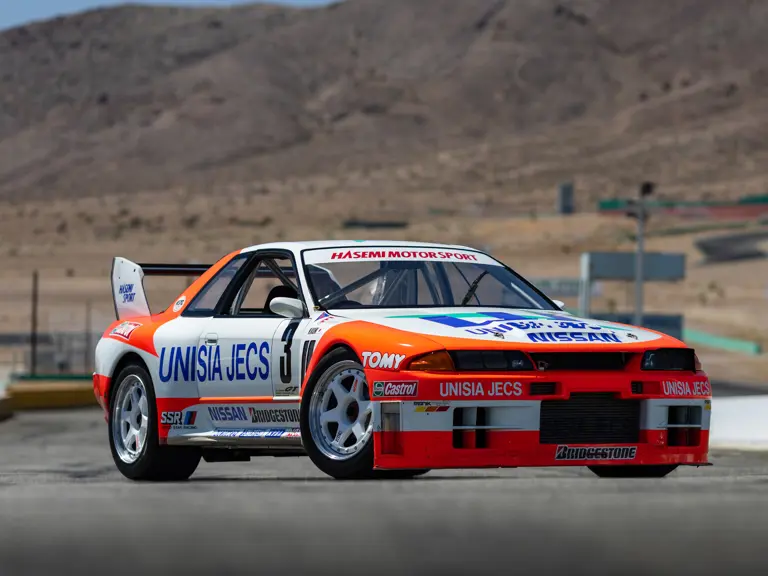
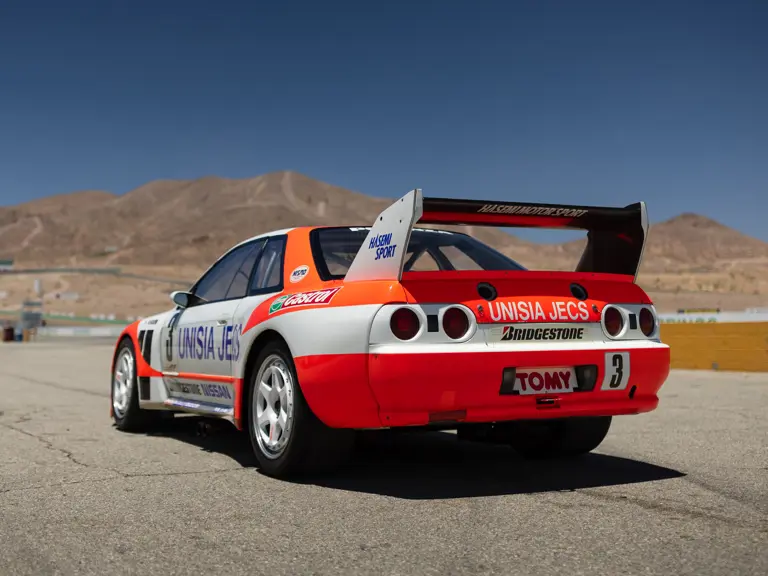

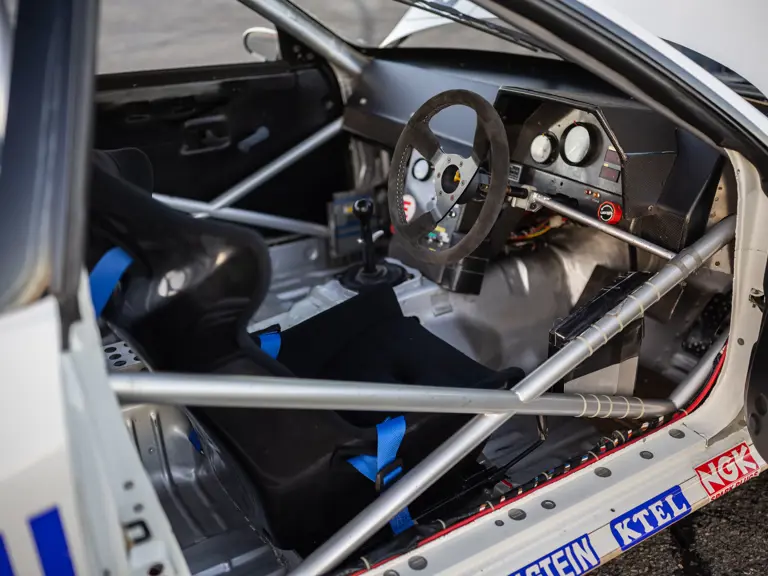
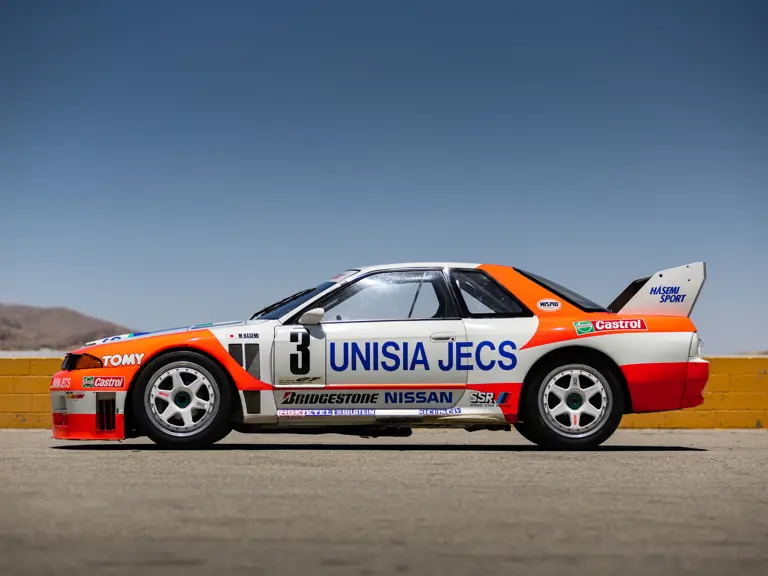
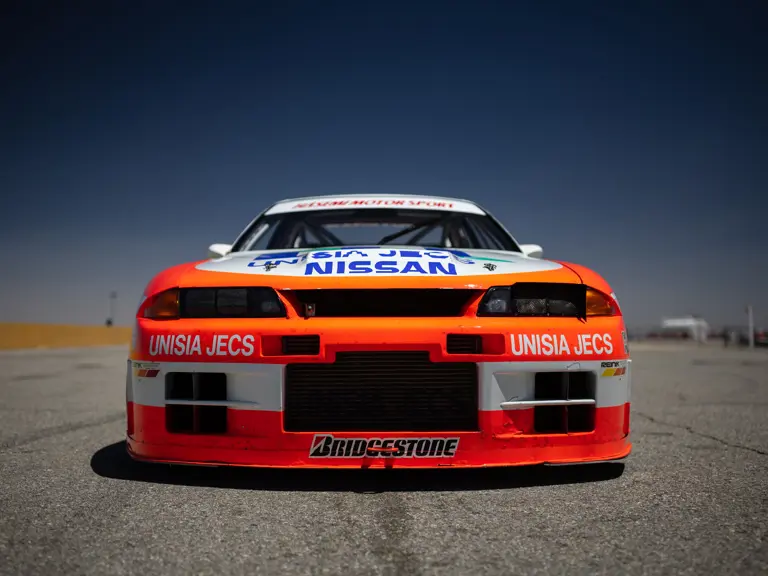
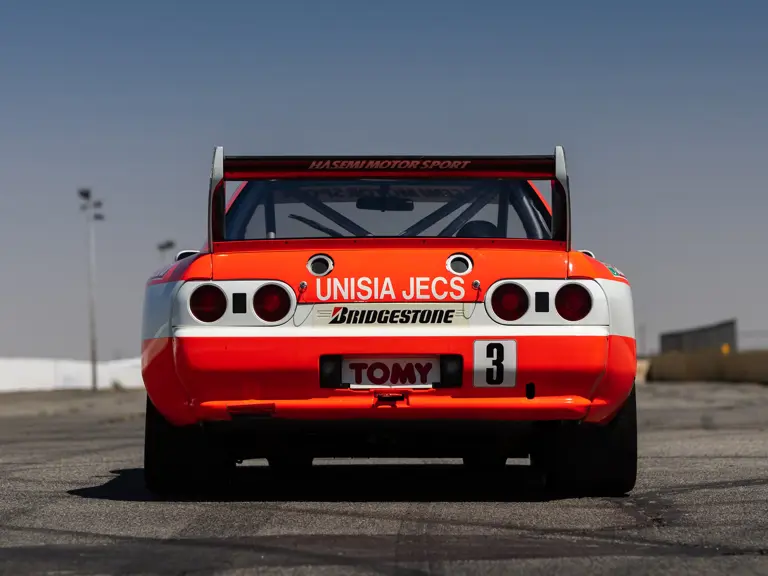

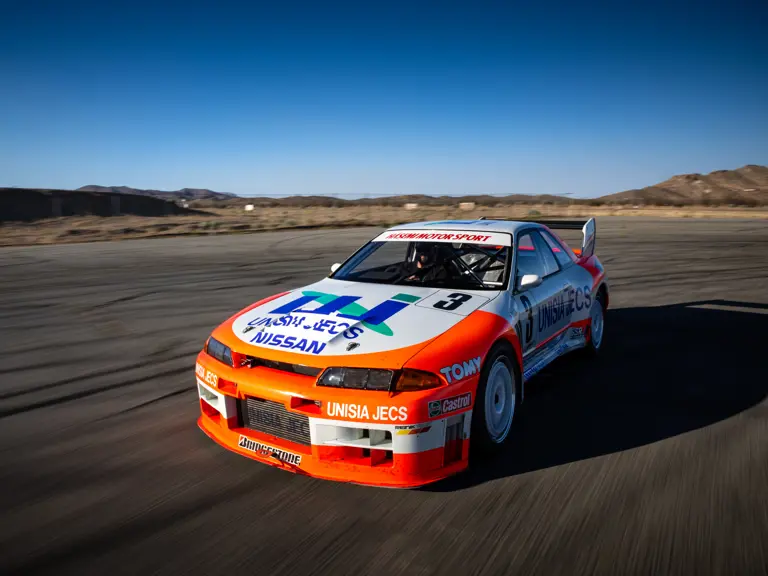
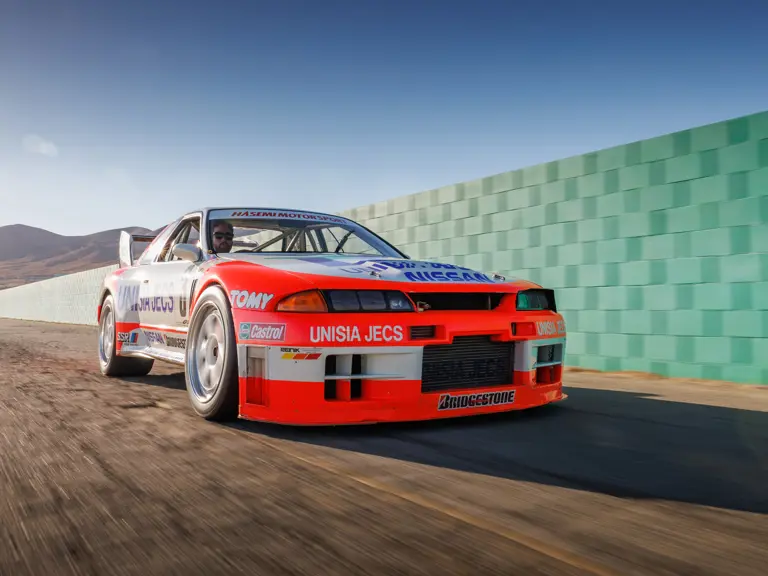
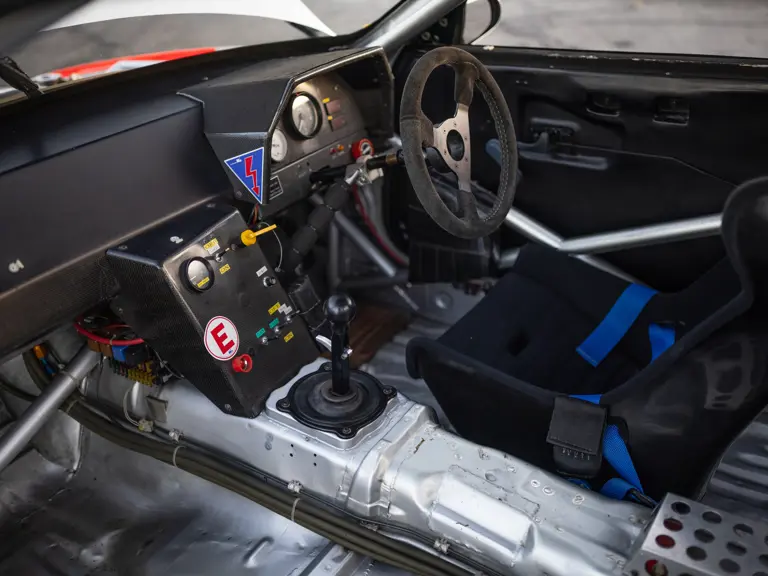
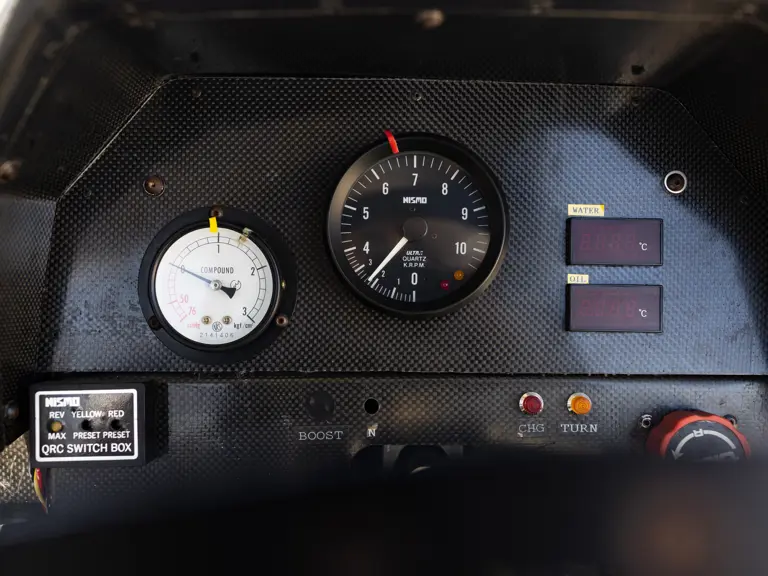
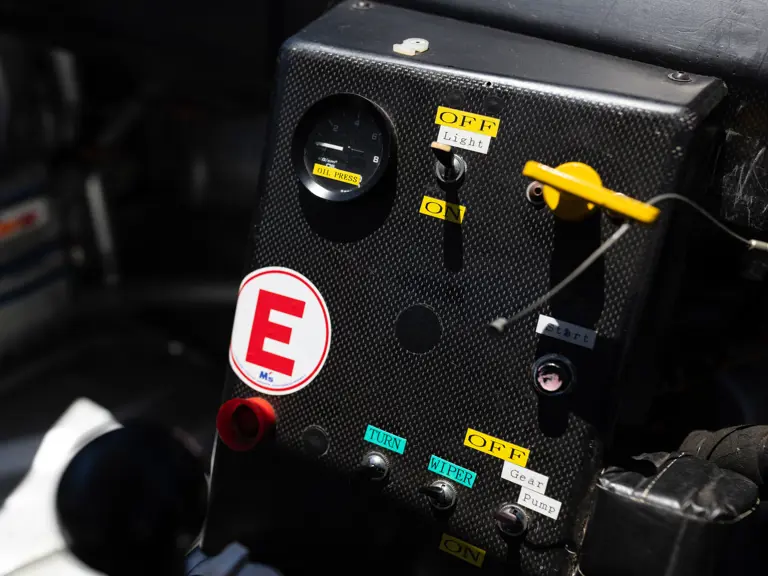

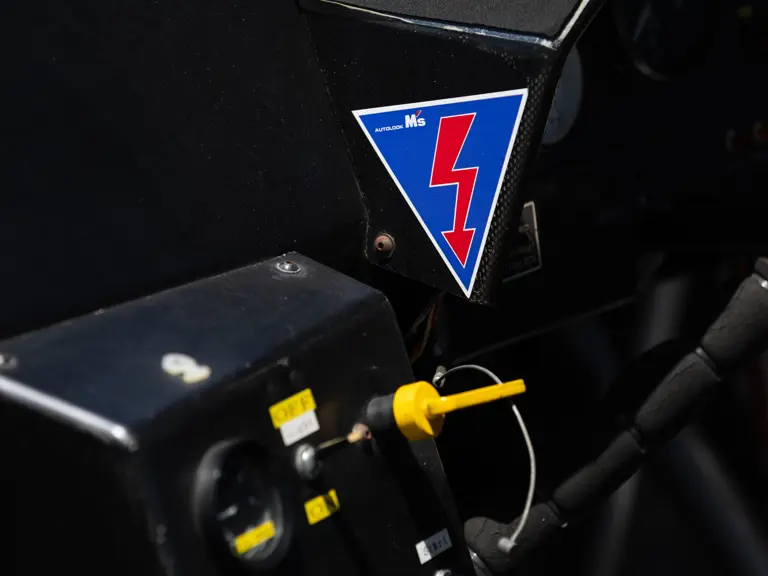
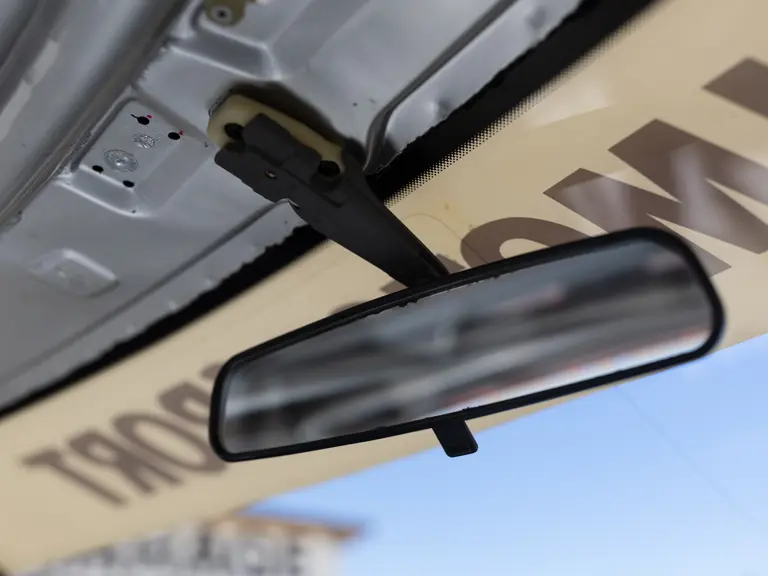
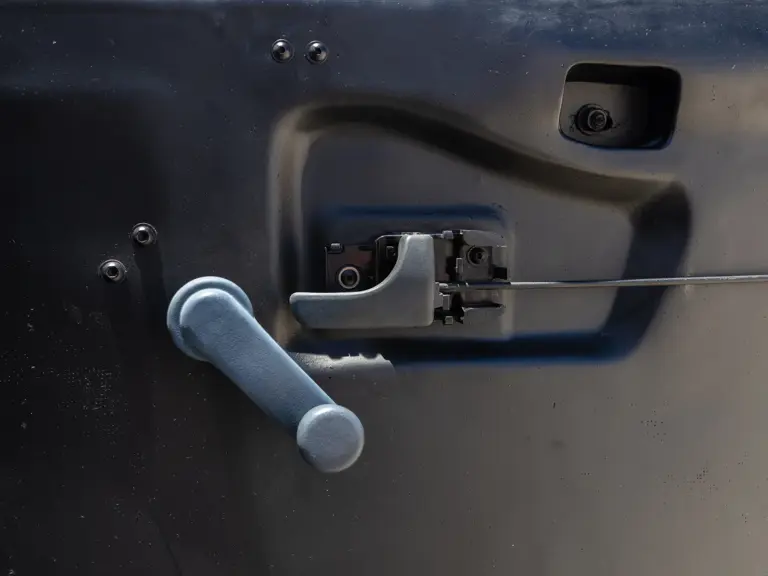
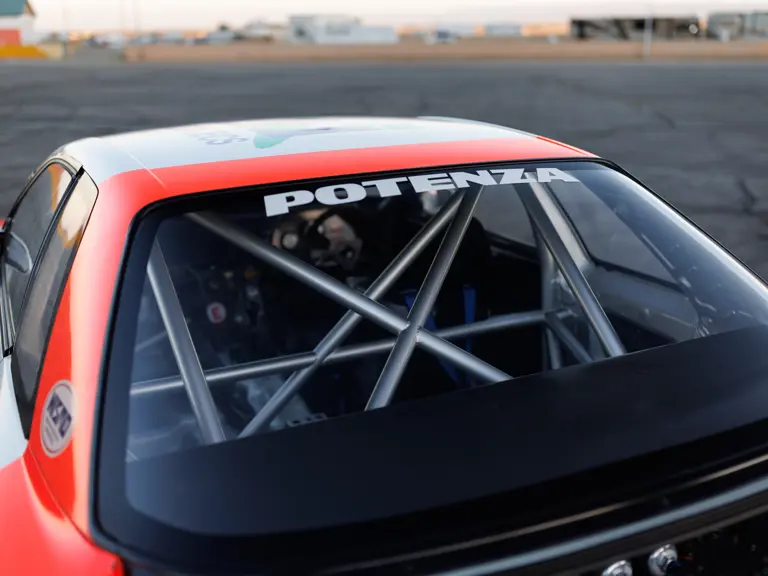

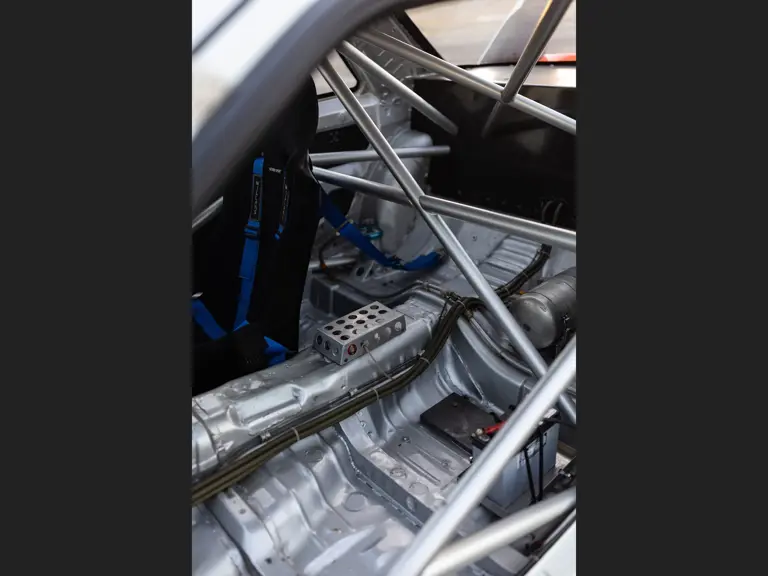




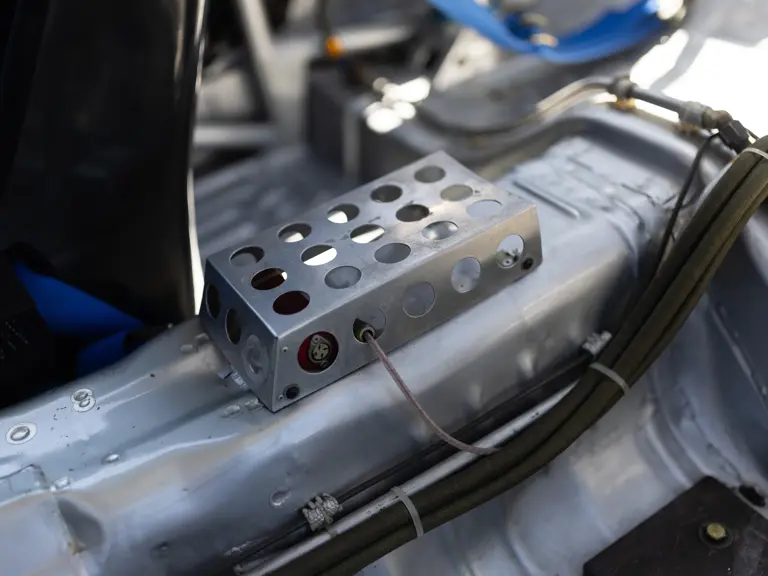
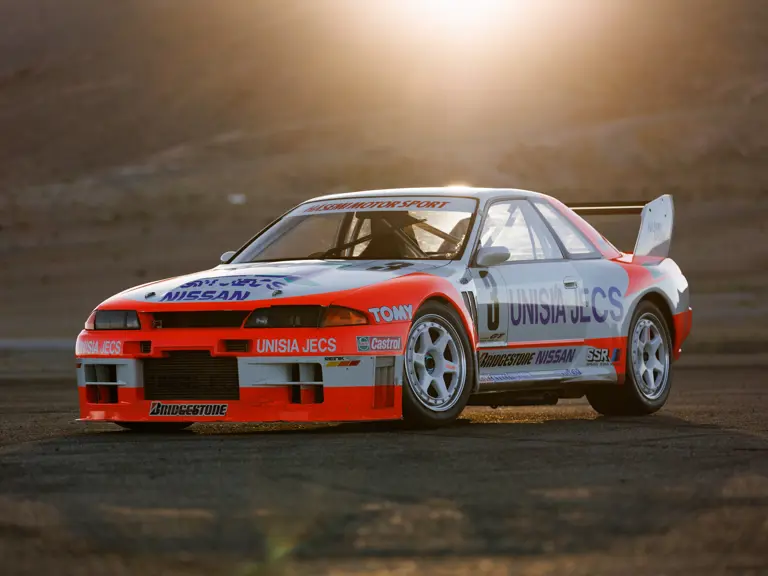
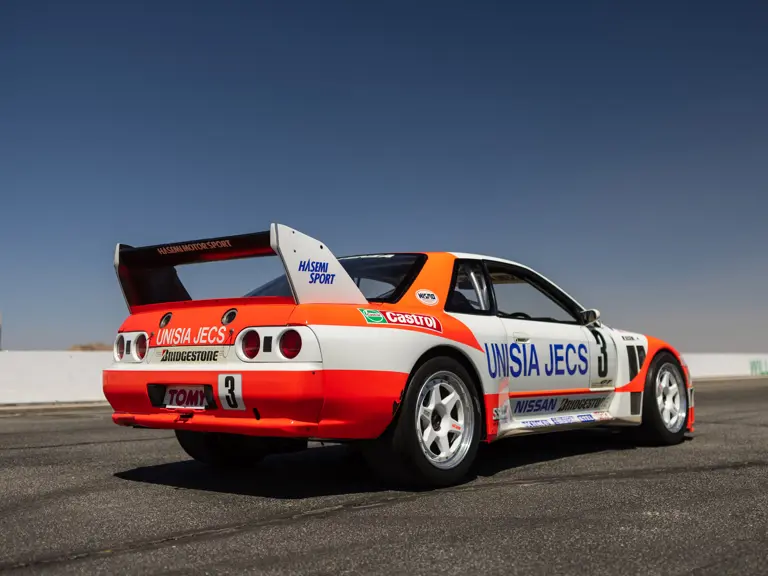
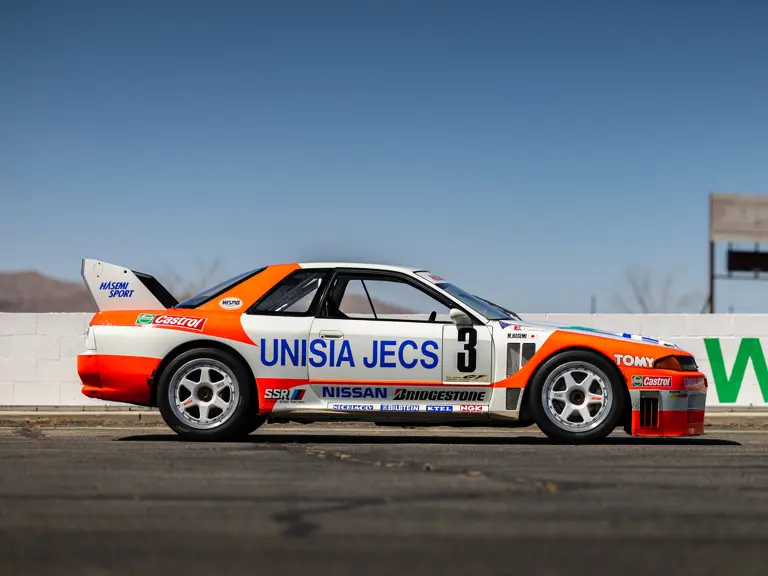
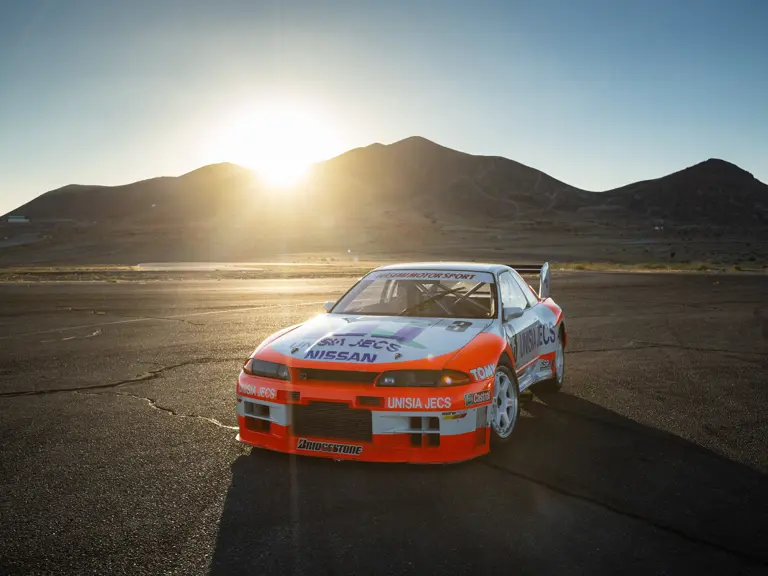
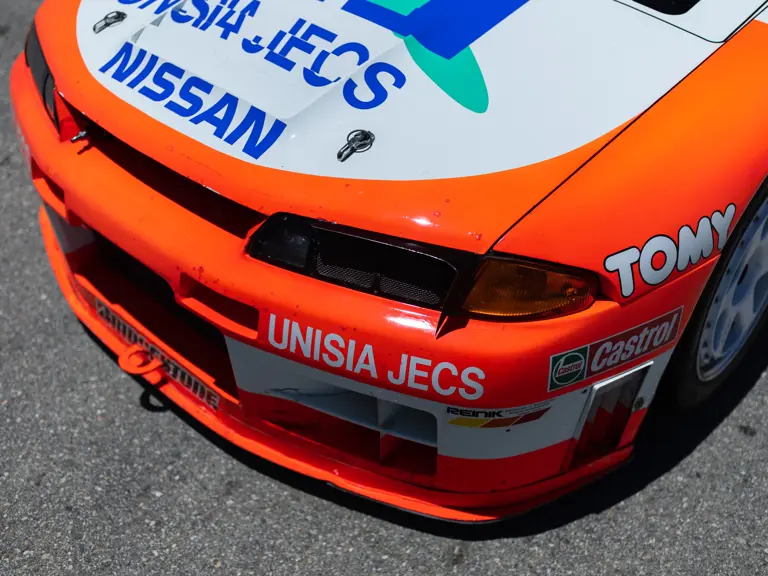
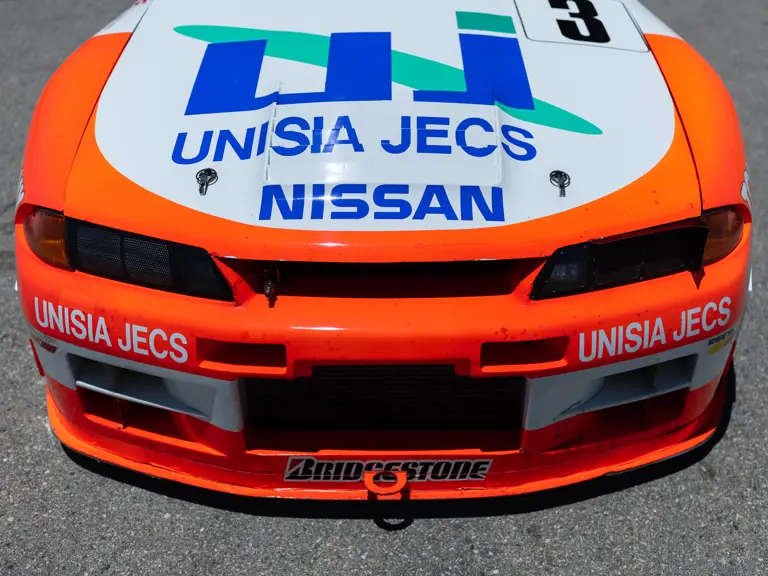
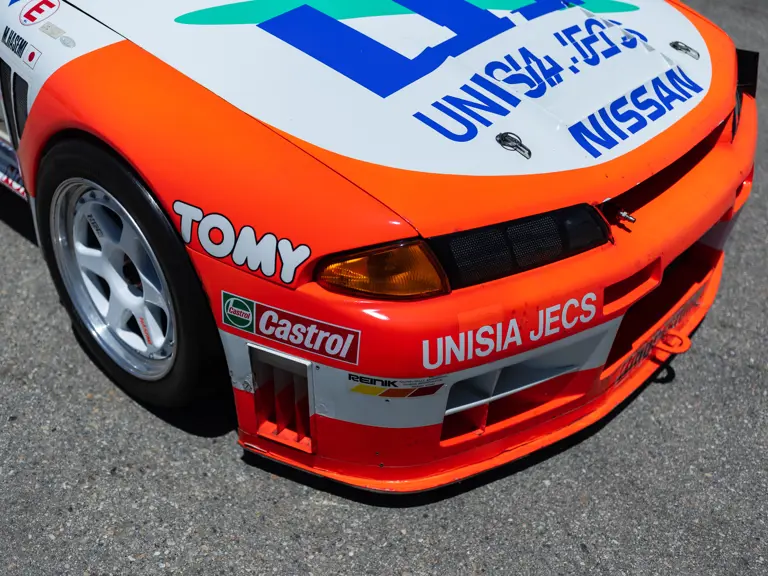
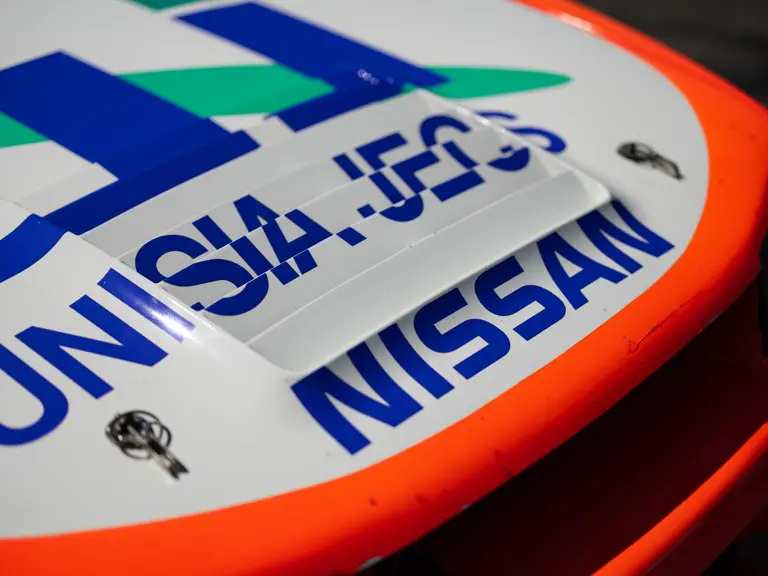
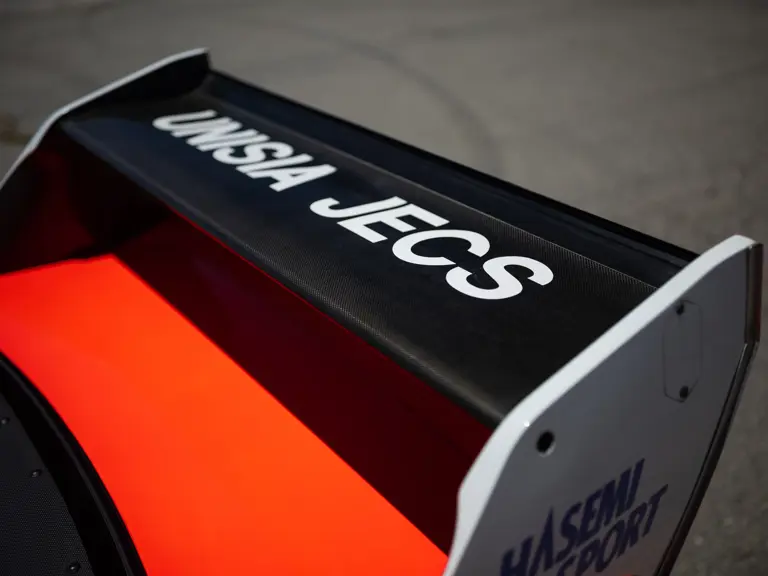
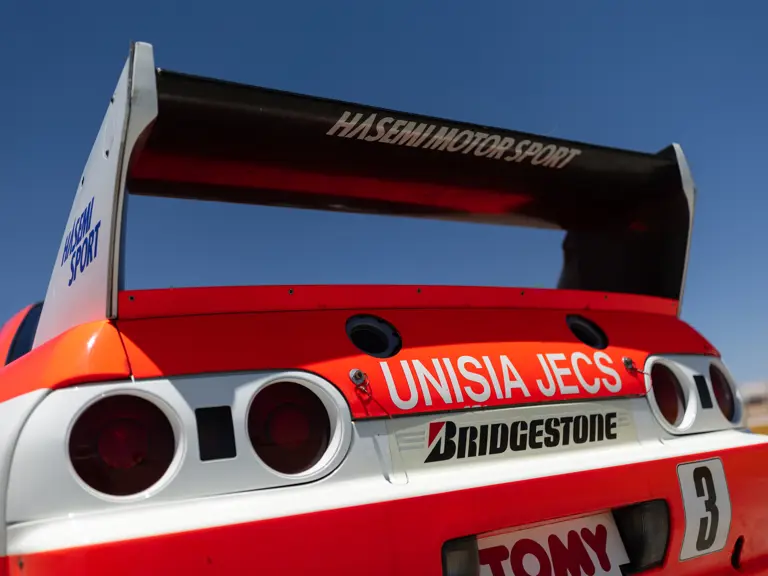
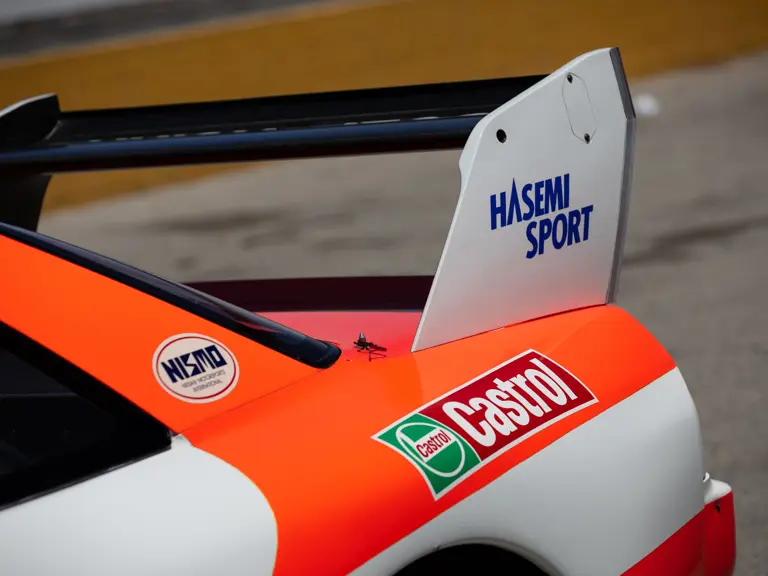

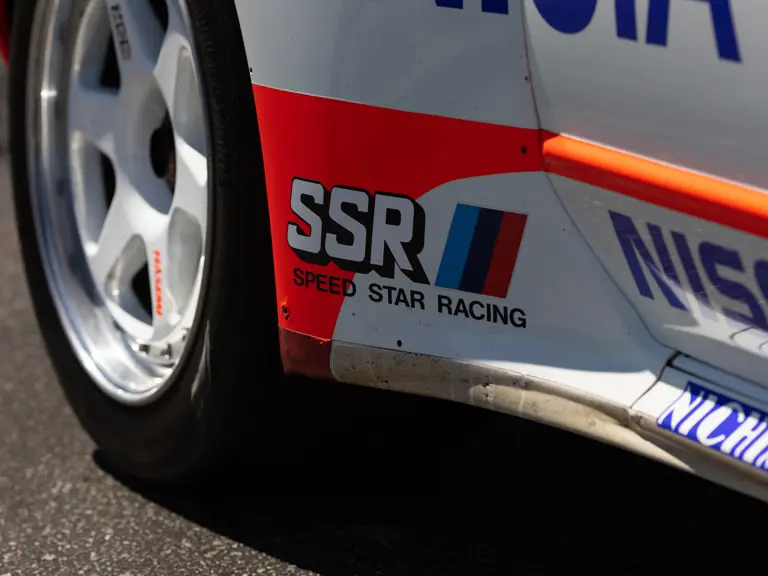
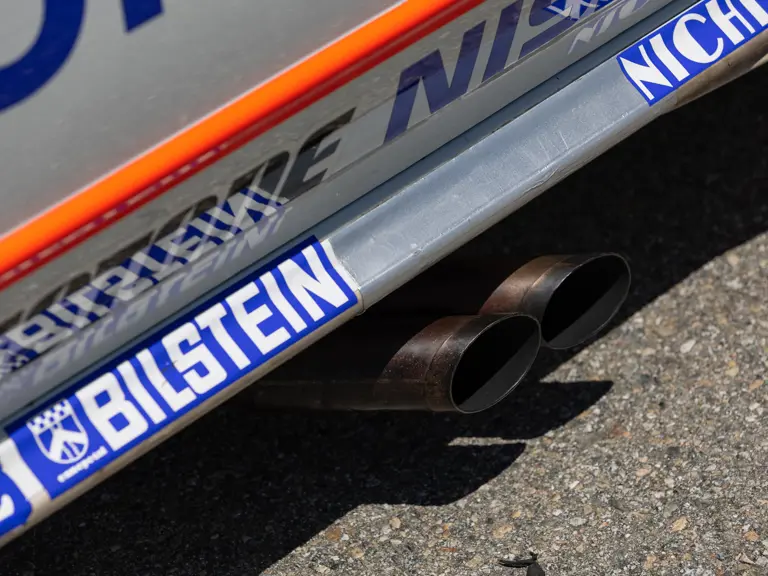
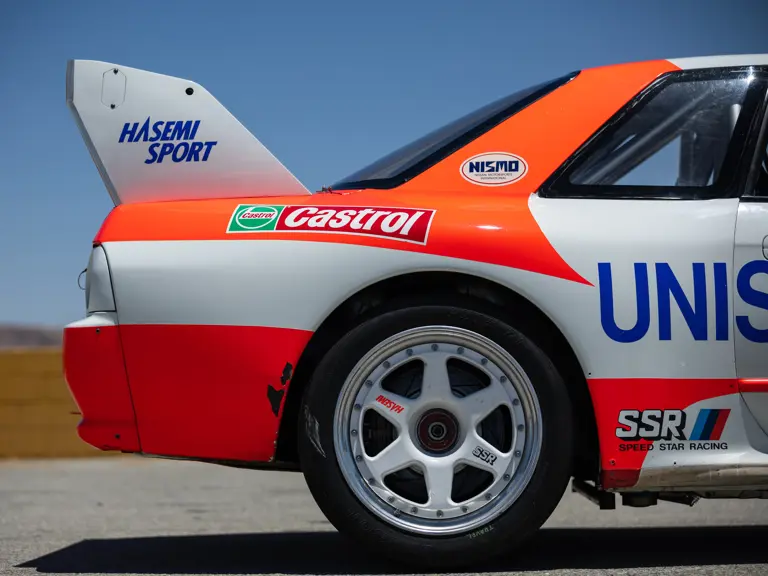
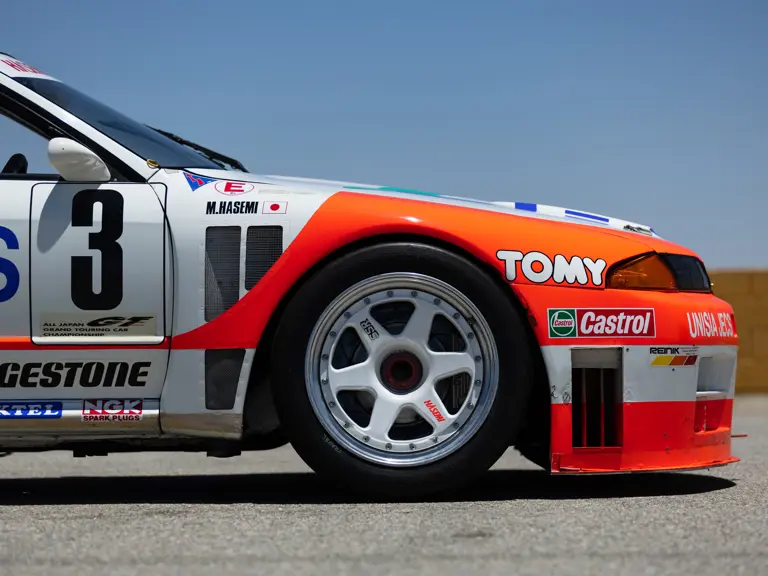

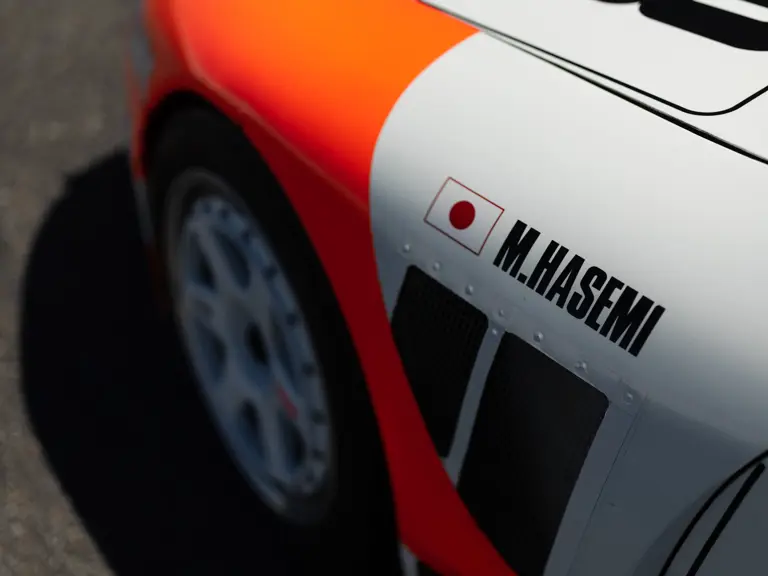
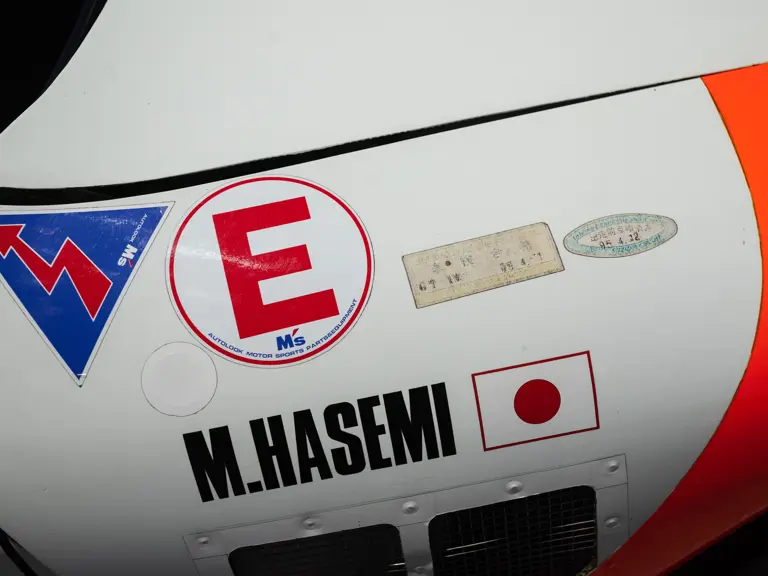
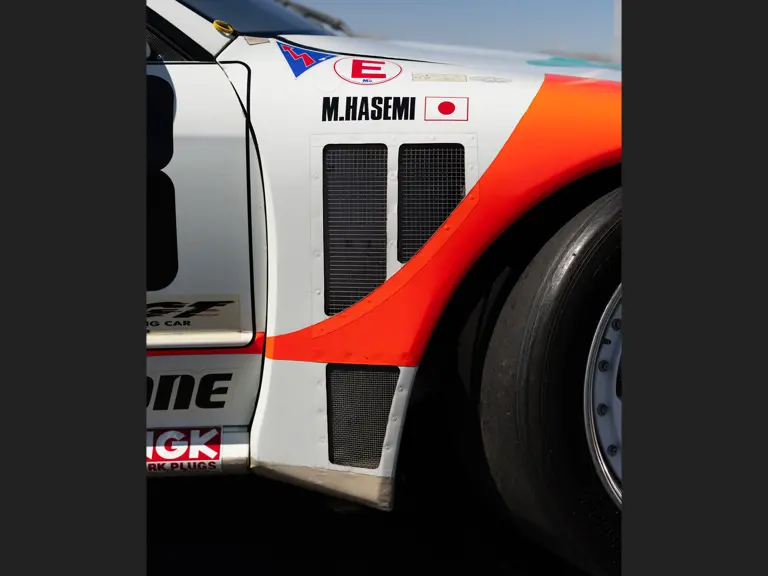

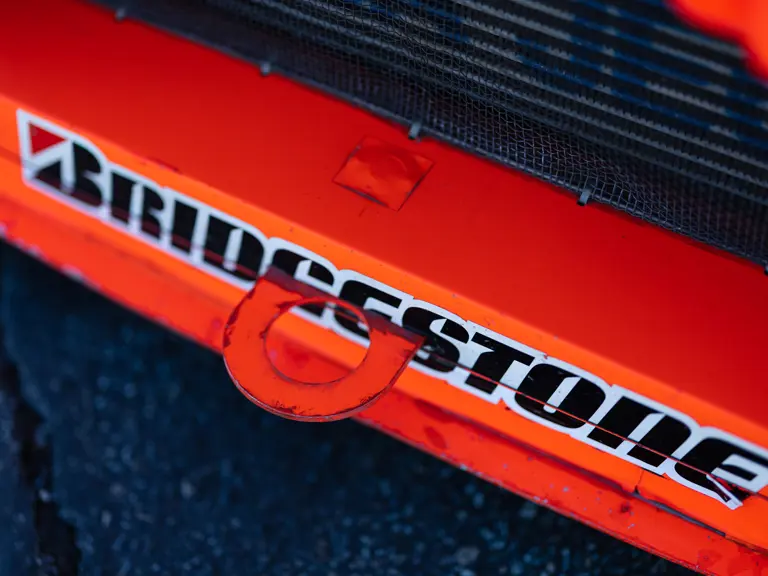
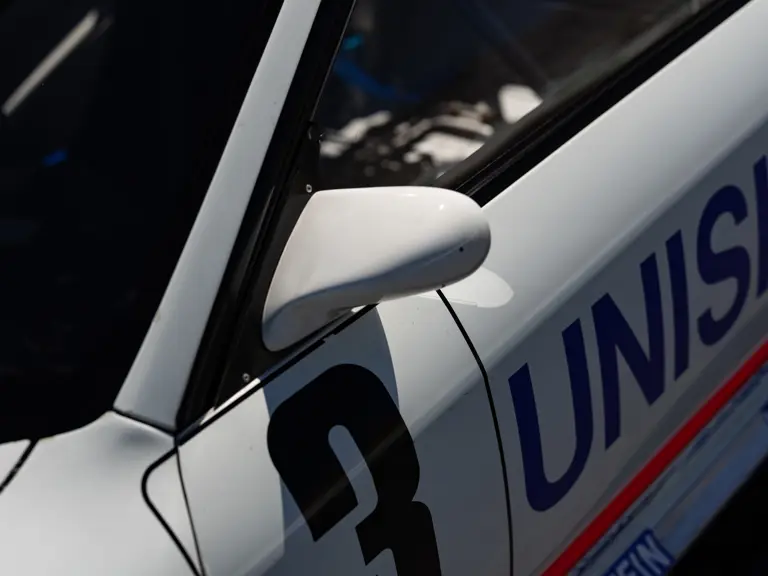
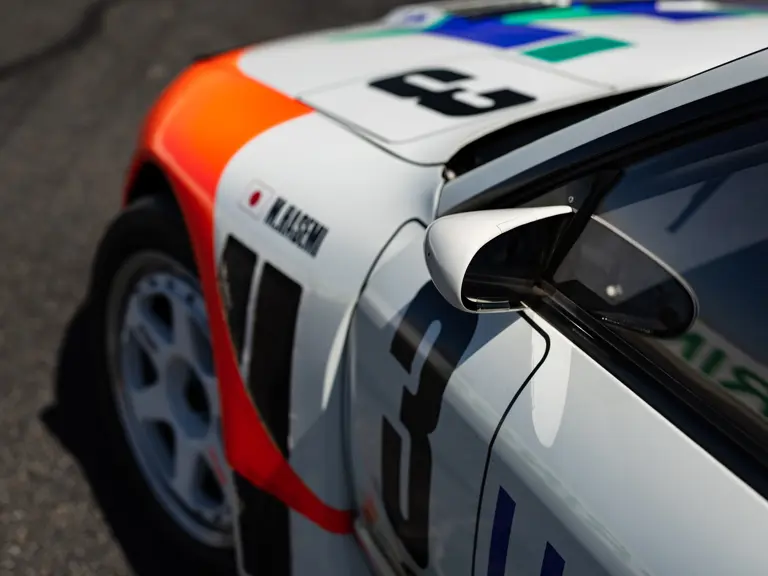
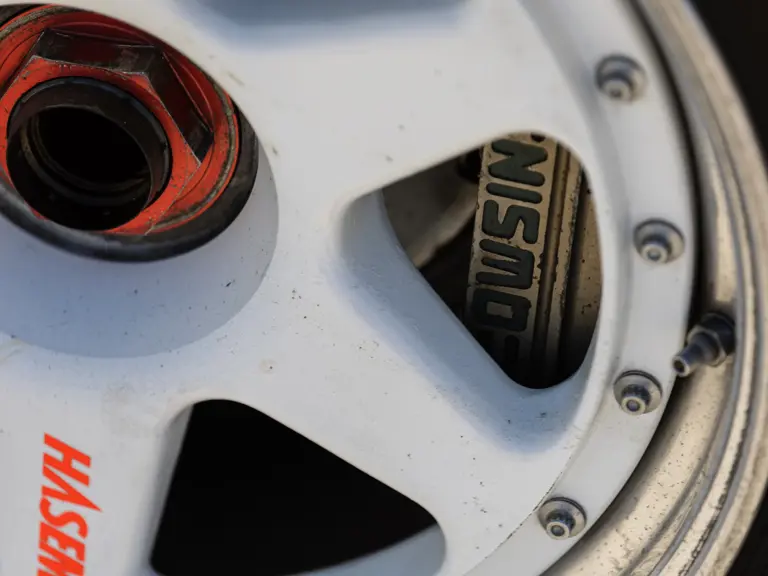
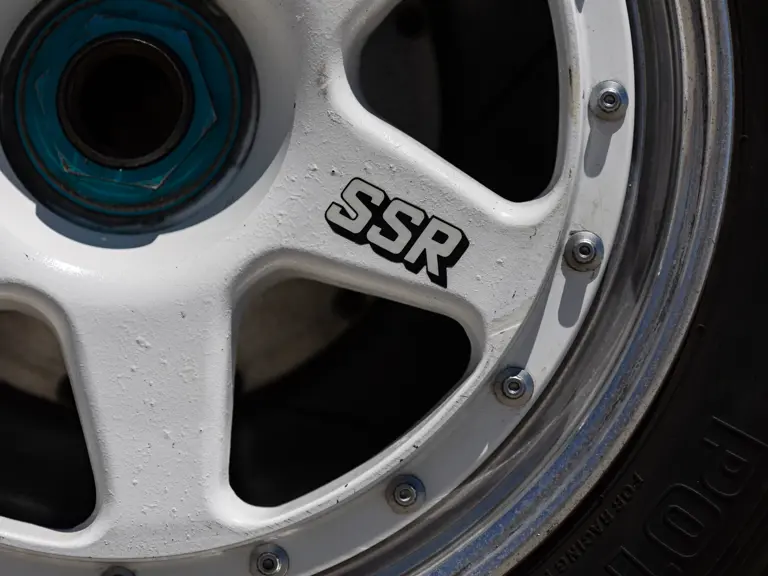
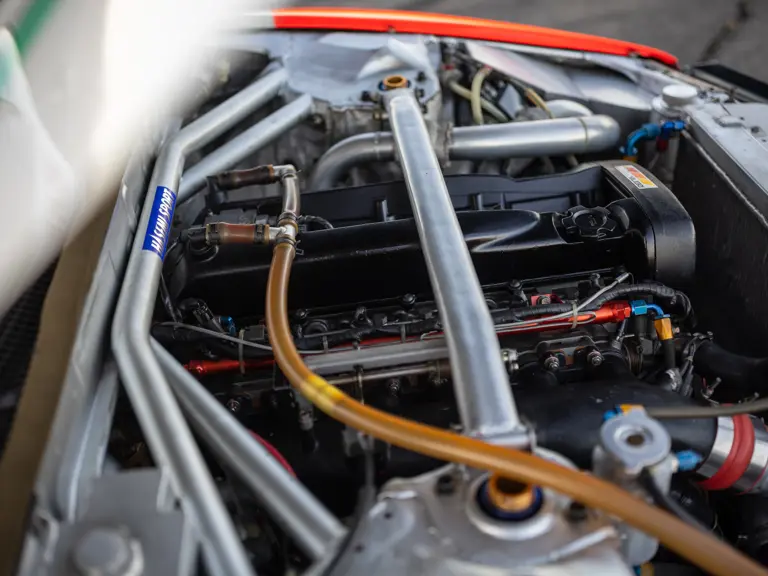

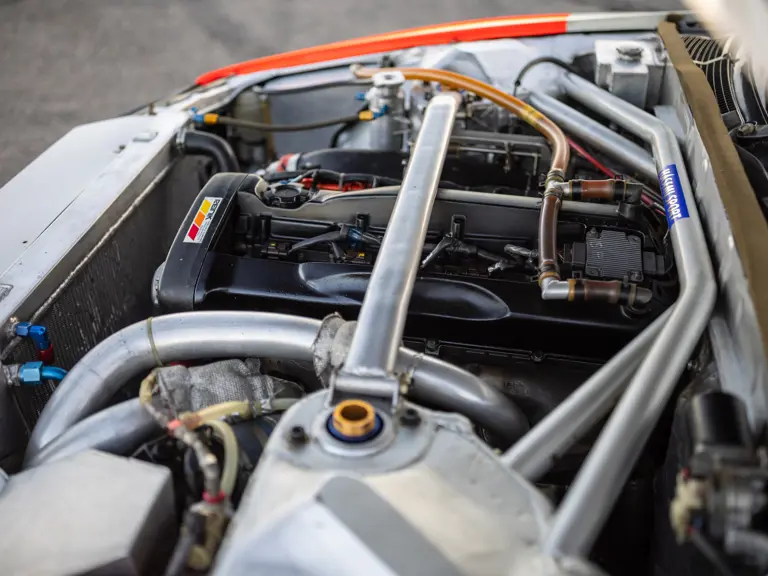
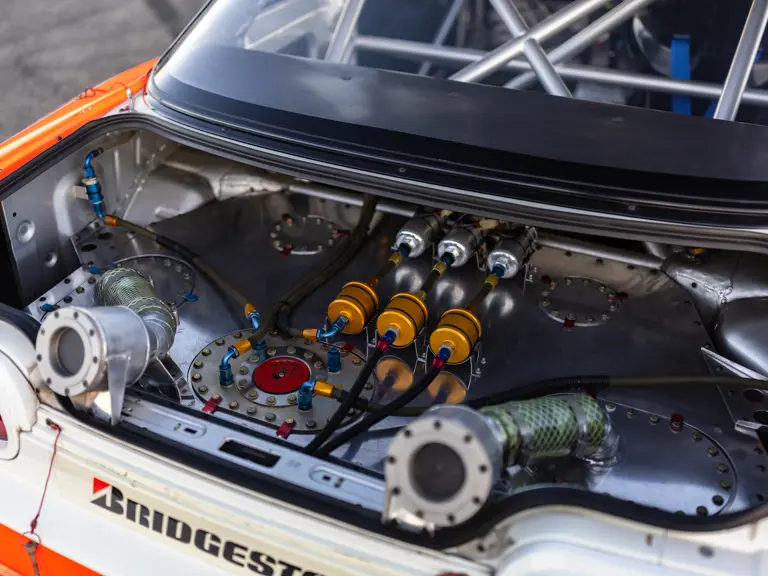
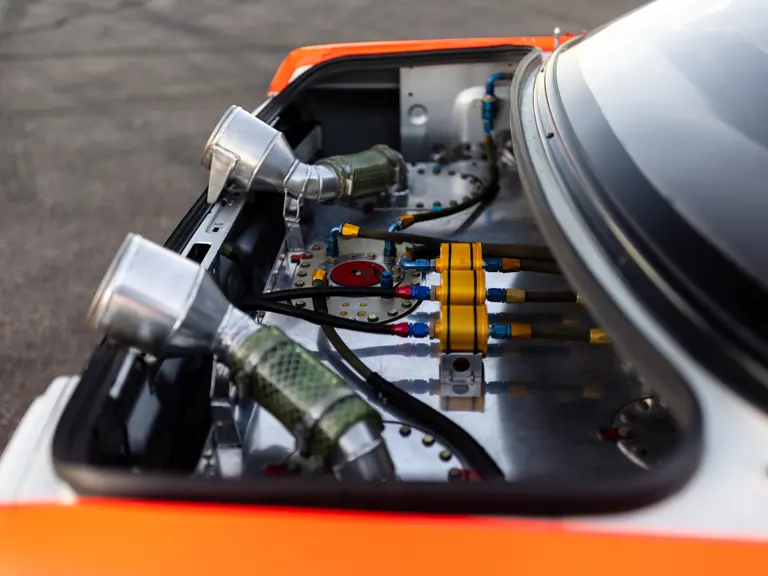
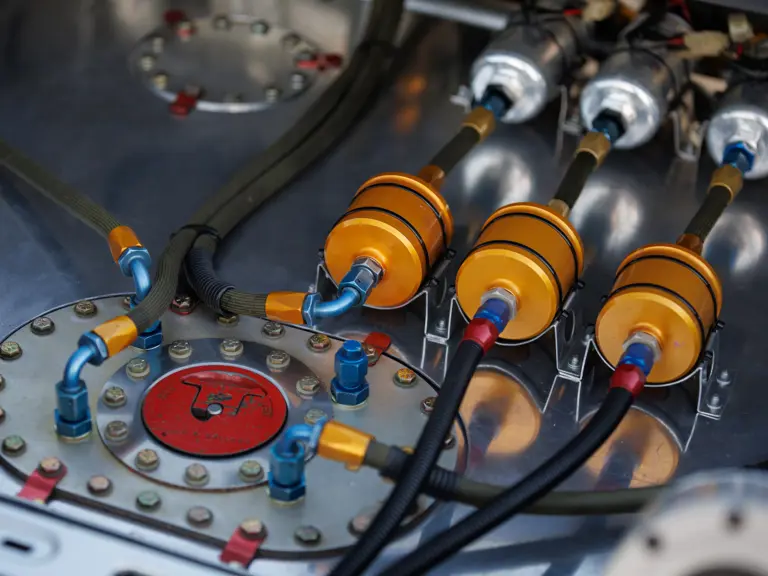
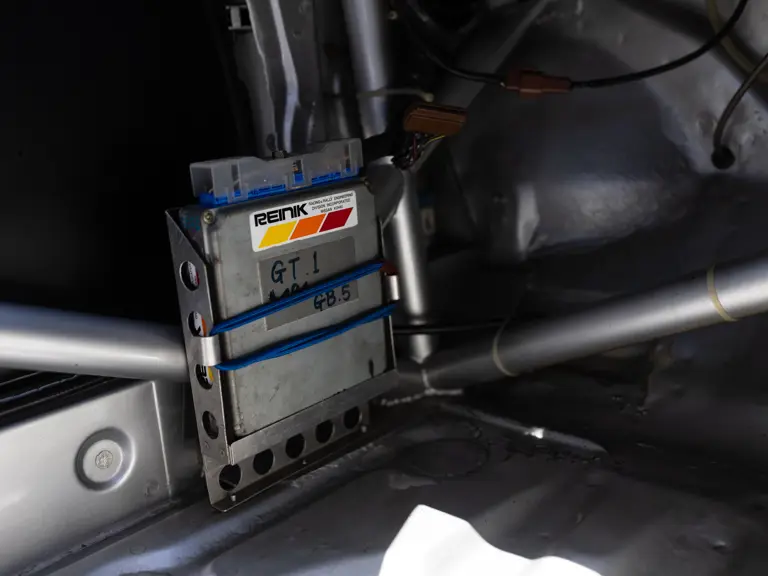
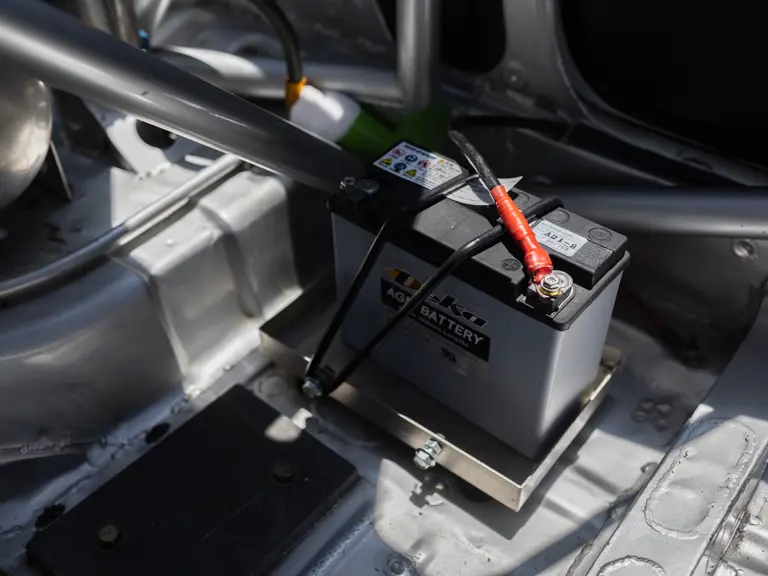
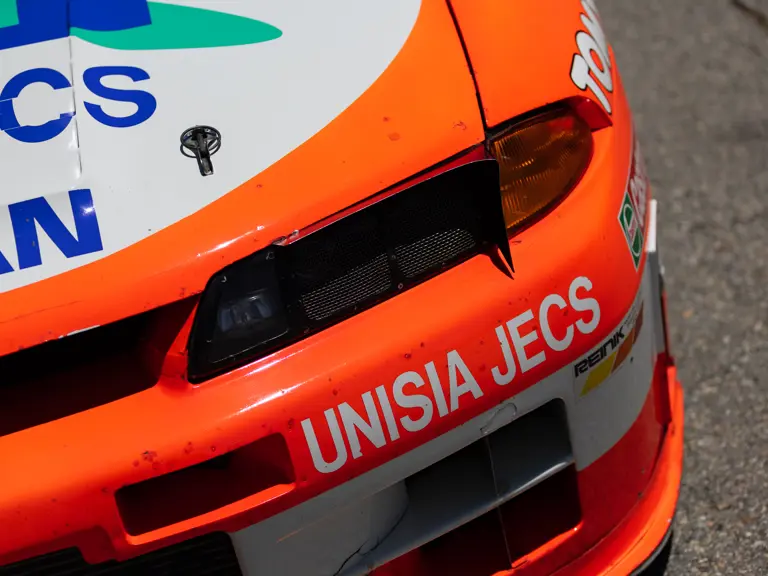

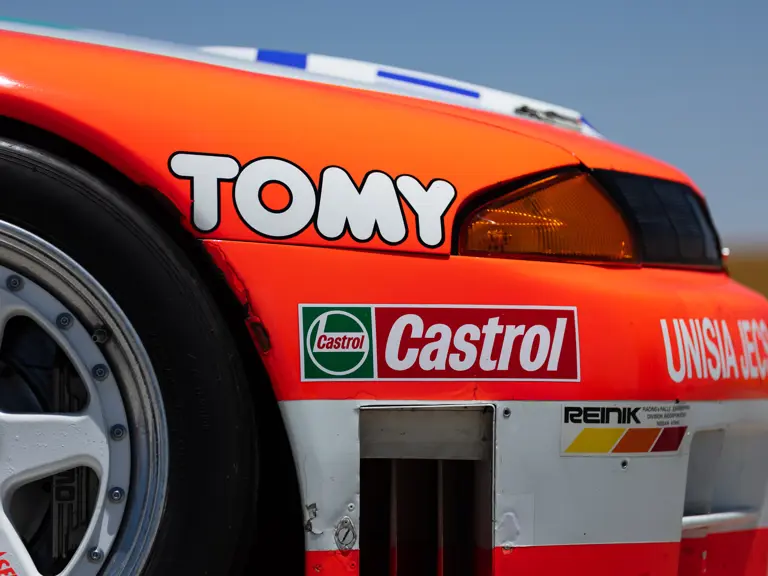
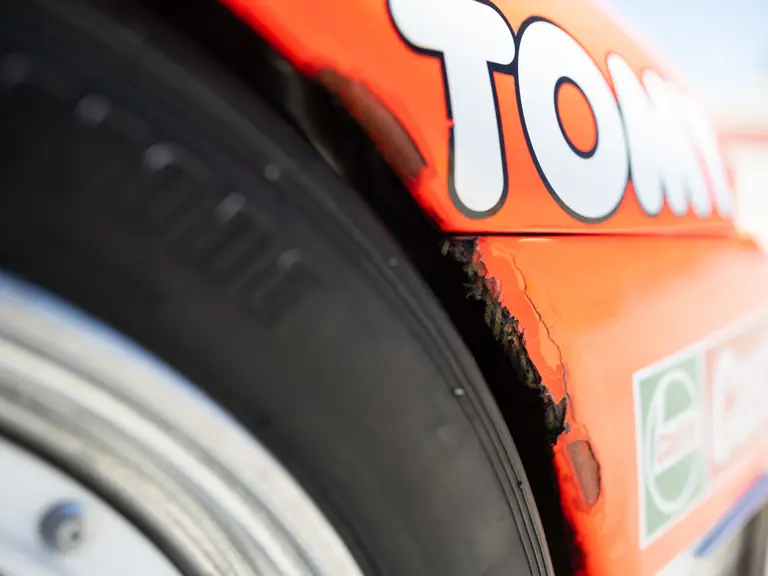
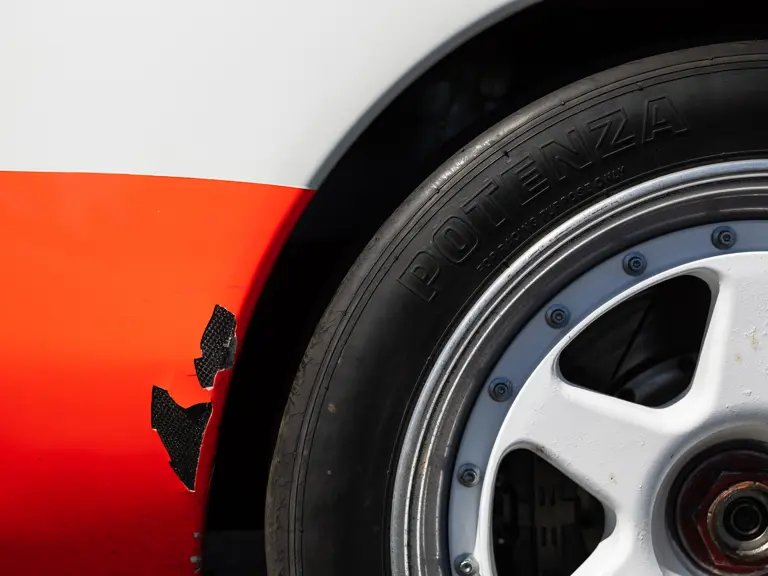
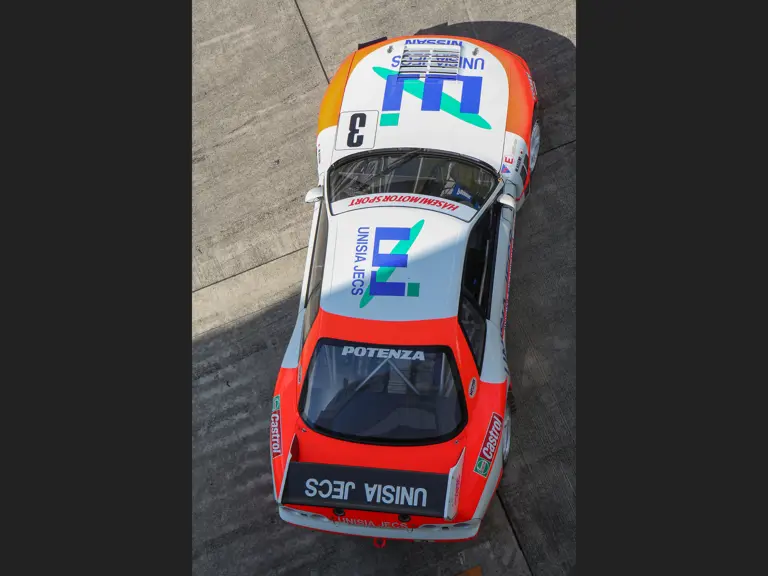
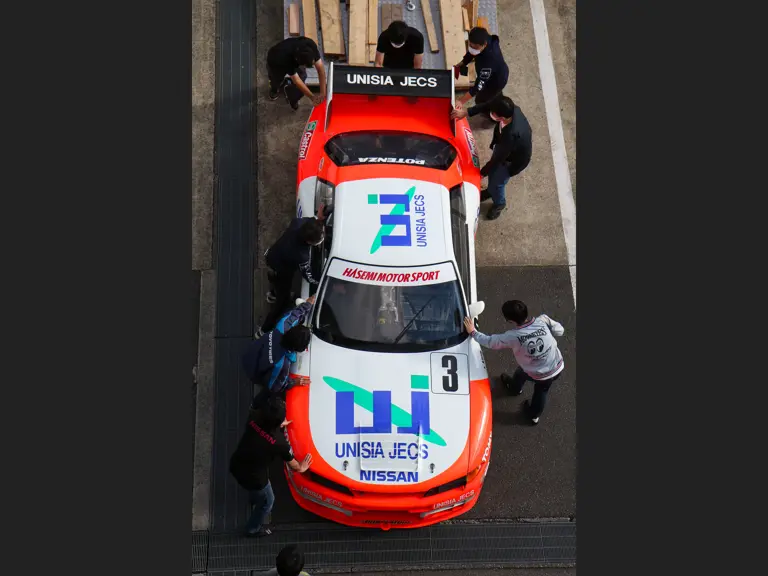
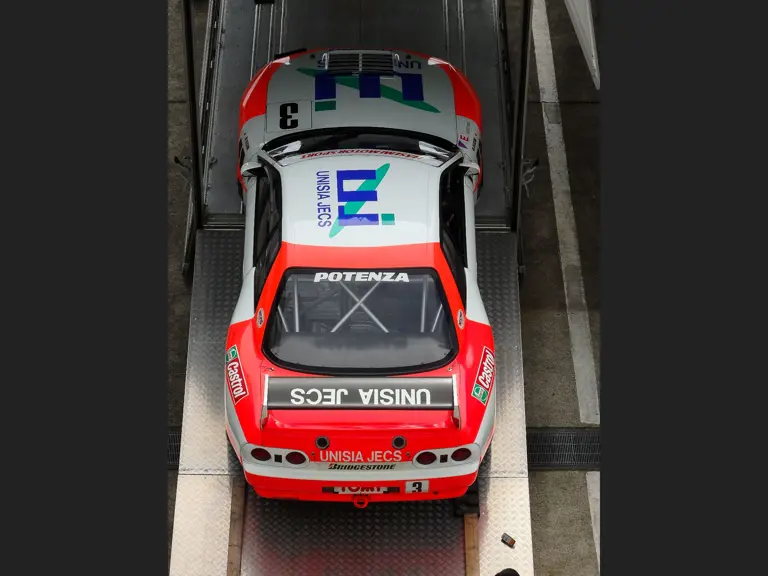
 | Monterey, California
| Monterey, California
